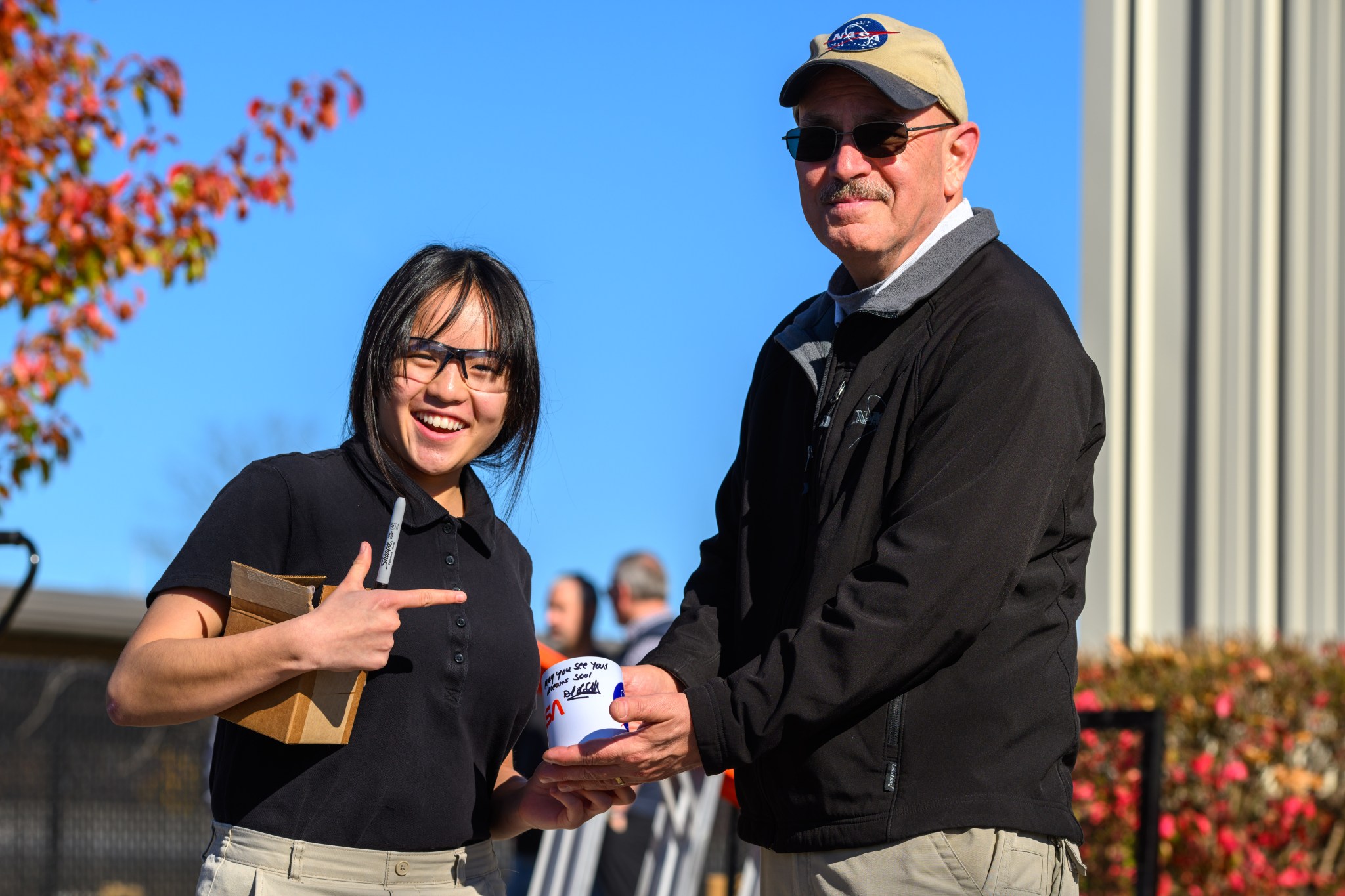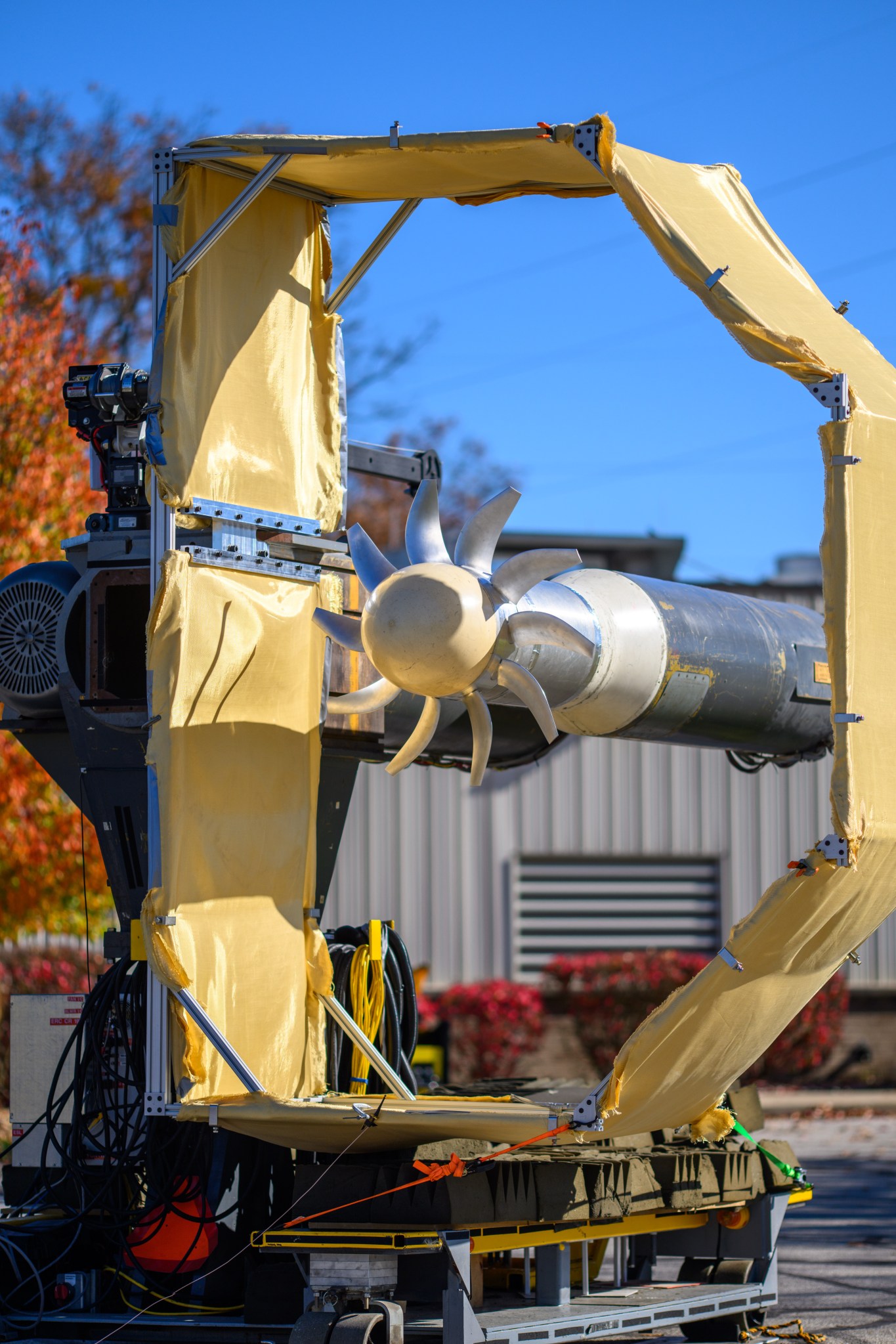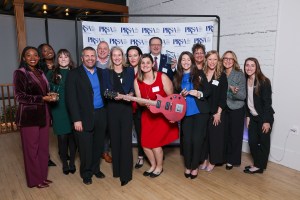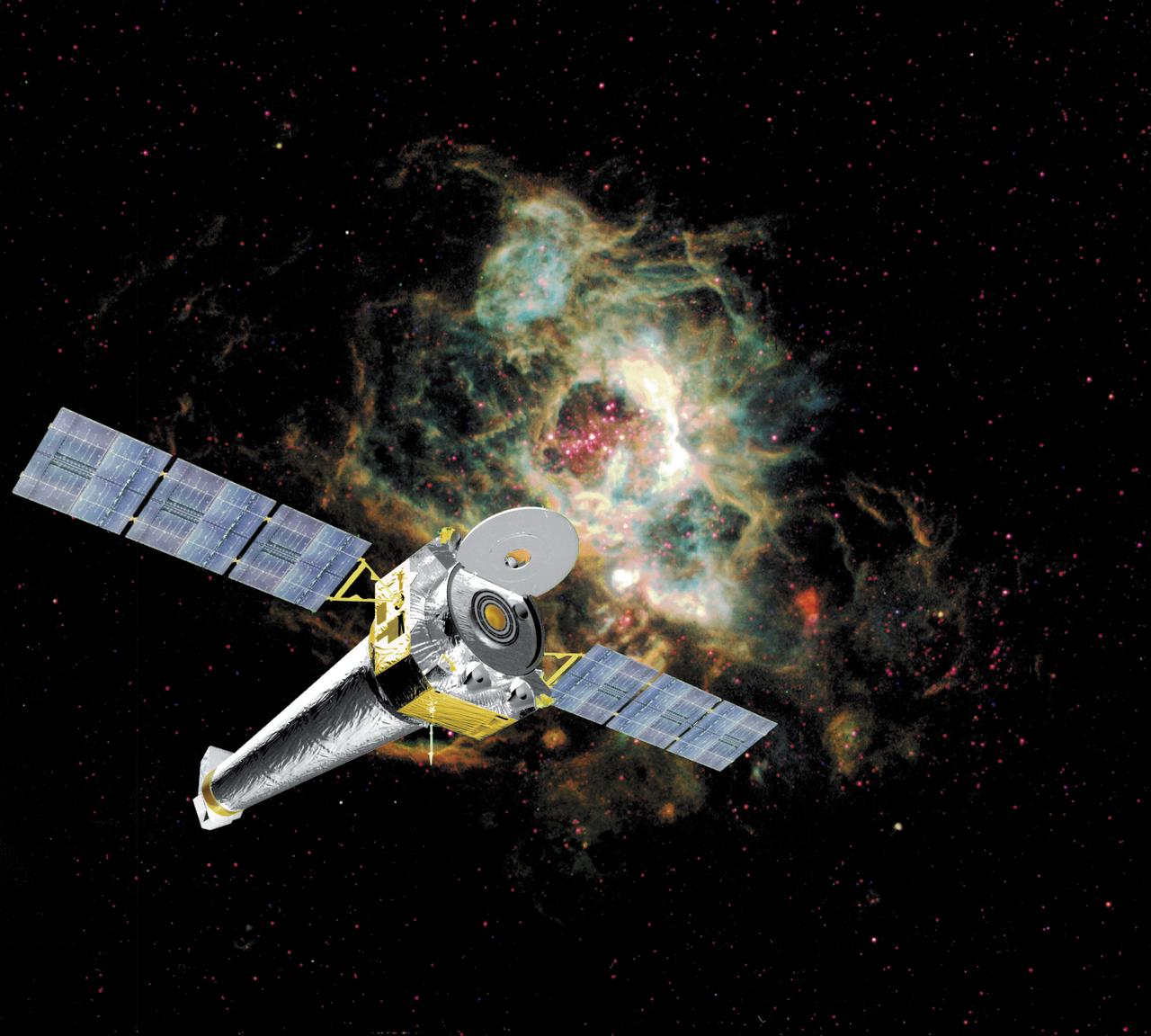NASA, Notre Dame Connect Students to Inspire STEM Careers
High school students in Indiana are contributing to NASA’s groundbreaking research to develop quieter, more fuel-efficient aircraft engines. Their learning experience is a collaboration between aircraft noise researchers from NASA’s Glenn Research Center in Cleveland and educators from the University of Notre Dame’s Turbomachinery Laboratory. The collaboration aims to encourage students’ interest in science, technology, […]

2 min read
Preparations for Next Moonwalk Simulations Underway (and Underwater)

High school students in Indiana are contributing to NASA’s groundbreaking research to develop quieter, more fuel-efficient aircraft engines.
Their learning experience is a collaboration between aircraft noise researchers from NASA’s Glenn Research Center in Cleveland and educators from the University of Notre Dame’s Turbomachinery Laboratory. The collaboration aims to encourage students’ interest in science, technology, engineering, and math (STEM) careers.
Recently, Notre Dame hosted students from The Portage School of Leaders High School and a team from NASA Glenn to see the Advanced Noise Control Fan operate in an outdoor setting. The fan is a NASA-owned test rig that has been configured to enable the study of a quieter aircraft engine technology. Known as the open rotor fan concept, the configuration involves an engine fan without a cover. Ground microphones were used during the test operated by Notre Dame to evaluate the radiated sound as the open rotor fan spun at various speeds.
Students from the high school, which is part of the Career Academy Network of Public Schools, used 3D printers from the school’s facilities to fabricate parts for the open rotor test fan. The parts, known as stator blades, help direct and control airflow, ensuring smooth operation of the large, exposed fan blades that are the defining feature of an open fan engine design.
“It was beyond words,” said Rebecca Anderson, a junior from the high school. “The part I enjoyed most was when they got the fan running. It was really impressive to see how quiet it was. I feel like everyone involved in STEM would love to work for NASA, including me.”
NASA researcher Dr. Daniel Sutliff was part of the team from NASA Glenn to spend time mentoring the students.
“This is real-world, hands-on research for them,” Sutliff said. “If airlines are able to use technologies to make flight quieter and cleaner, passengers will have more enjoyable flights.”
The Advanced Noise Control Fan is on loan to Notre Dame from NASA through a Space Act Agreement. The fan research is supported by NASA’s Advanced Air Transport Technology project and its Efficient Quiet Integrated Propulsors technical challenge.
What's Your Reaction?













































